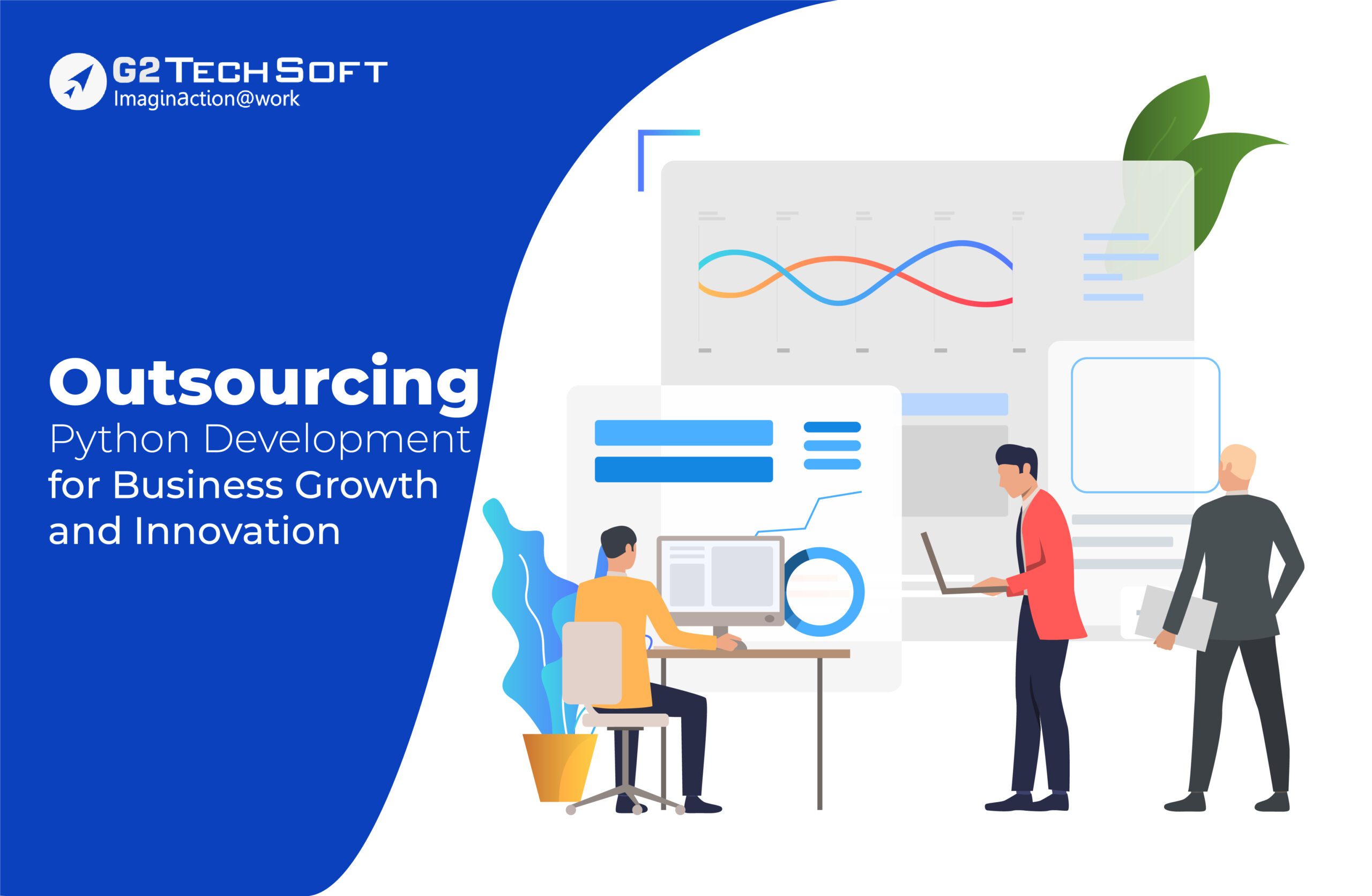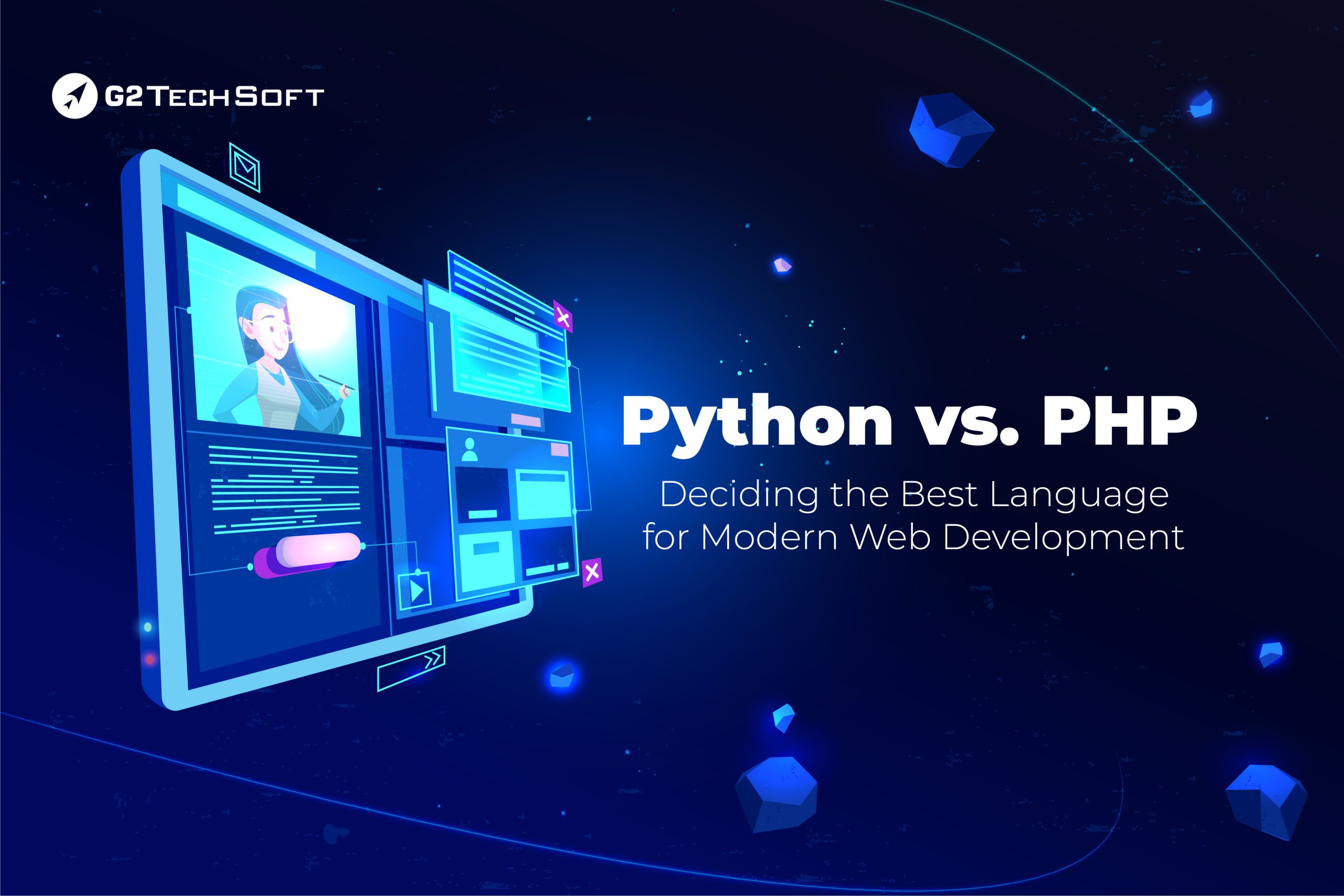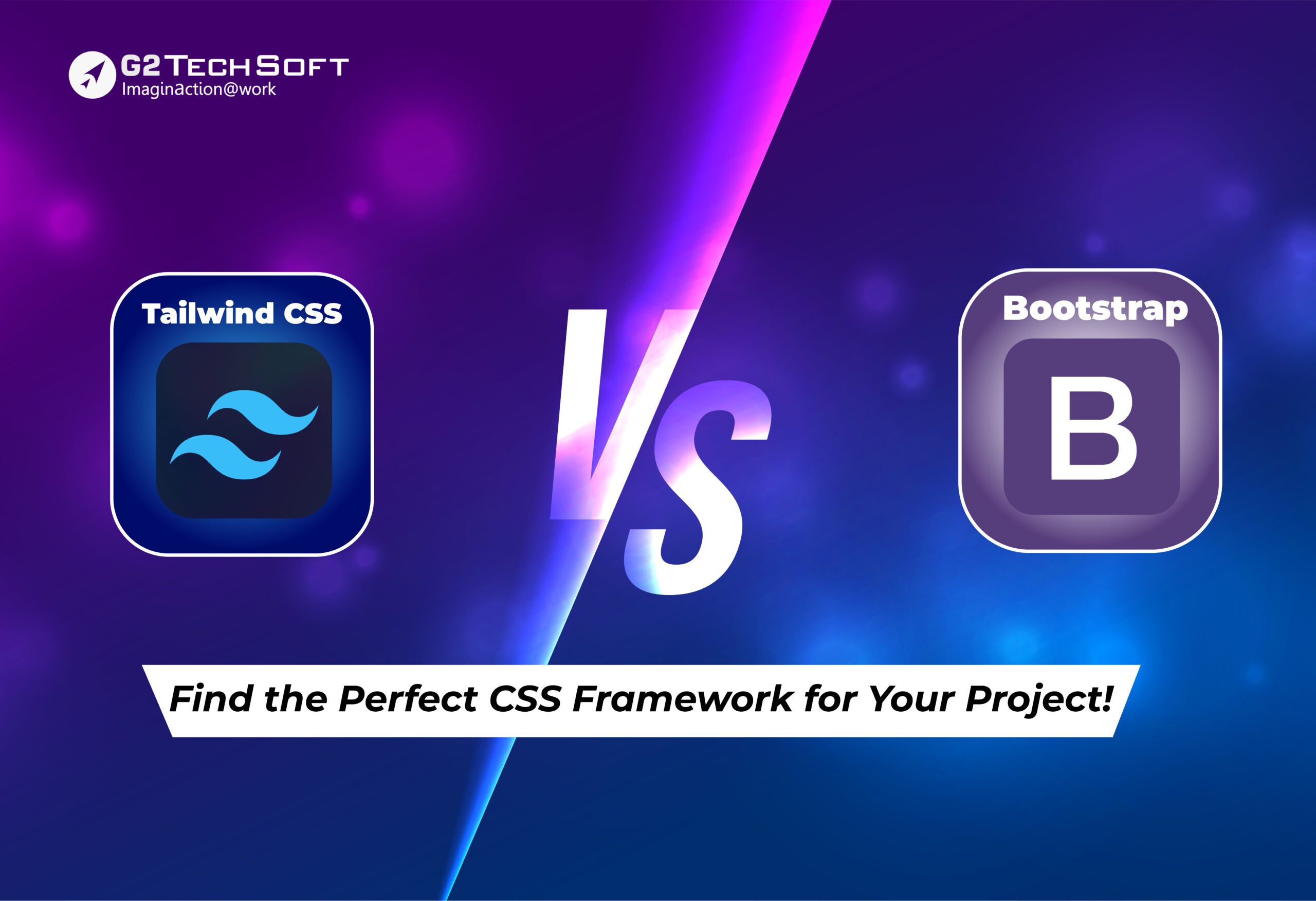
Follow the Right Migration Strategy Suited For FoxPro to .NET
Introduction: Why Should We Replace FoxPro And Migrate To .NET?
The one element that never varies in our technological world is change itself! Dynamic alterations have been occurring at a higher rate recently due to the ongoing fluctuation in modern application development methodologies.
FoxPro programs are complicated and time-consuming to manage due to the challenges of managing data databases and the substantial changes in operating network infrastructure. FoxPro apps do not have multiple data entry sites either. As a result, companies choose the dependable.NET solution.
Numerous object-oriented and scripting programming languages, along with their compatibility, are supported by Microsoft Visual FoxPro to .NET.
With Microsoft SQL Server and the unified programming environment of Microsoft Visual Studio, the migrations function smoothly. Additionally, the relational database with Visual FoxPro integrates seamlessly with a SQL Server. Applications written in Visual FoxPro can be converted using the .NET framework, but it takes time and effort.
At G2 TechSoft, we serve our customers with skilled Visual FoxPro migration staff with familiarity in both settings who can accomplish the shift effectively and effortlessly.
Benefits Followed by G2 TechSoft For VFP Migration:
For crucial commercial applications, FoxPro and VFP were originally the favored programming languages.
When Microsoft declared the end of support for FoxPro and Microsoft Visual FoxPro, they advised users to switch their apps over to .NET.
People have started switching from Microsoft Visual FoxPro to .NET after Microsoft’s introduction, and they are quickly moving toward web- and mobile-based apps for:
- Successful history of transferring business-critical applications.
- Accessibility to cutting-edge materials and assistance is available from a Microsoft Gold Certified Partner.
- Excellent group of software developers with .NET and FoxPro environment knowledge.
- There is a long list of satisfied customers who have successfully switched from dBase, FoxPro, Visual FoxPro, and Visual dBase to the .NET Framework using SQL Server, Visual Studio, and Access.
- A committed development team, competent project management, and a tested migration approach.
I. The Inevitable Factors That Navigate To Migrating From Visual FoxPro:
The most frequent explanations given by G2 TechSoft customers for pursuing a FoxPro migration or transformation project are listed below.
FoxPro And Visual FoxPro Are Outdated Programs:
Even though FoxPro and VFP can compete with many newer languages, it isn’t being upgraded to meet current standards and efficiency for software development. This implies that you are unable to benefit from developments in the current computer landscape.
FoxPro’s Web Functionality Isn’t Native:
FoxPro can be web-enabled, although the methods are not particularly efficient. Furthermore, there is no platform available for the creation of mobile applications.
While switching FoxPro systems to connect them is still an option as more and more company services go online, there comes a point at which doing so becomes uneconomical.
FoxPro Is A File-Based Data Model:
Since it’s a file-based data model, there are restrictions on how well the data may be protected. Higher degrees of security cannot be implemented without sacrificing functionality.
Bound By-Laws:
FoxPro has a fixed capacity that cannot be exceeded while being able to manage massive databases and dozens of users.
Regulations that mandate operating current computer systems may bind you. This is associated with the aforementioned end-of-life issue, where you cannot afford to continue using out-of-date versions of Windows.
You can not only violate your certification requirements or your rules if you are unable to implement certain Visual FoxPro software upgrades.
II. Three Key Reasons To Follow For The Productive Visual FoxPro To .NET:
We have seen that when converting from Visual FoxPro to .NET, users first wish to migrate in a fully automated manner utilizing language conversion software. But when teams delve further into the final code, they rapidly discover that the translated version will be seriously substandard.
Following these steps will guarantee a seamless migration from Visual FoxPro to .NET.
Establish Migration Goals:
For conversion projects, it’s crucial to establish specific migration objectives since they outline the outcomes you must reach after the migration process. Make sure to include all of your organization’s stakeholders.
Although various migration teams have varied aims, it is nevertheless necessary for every functional area to set goals and contribute consistently to the team’s achievement.
Stakeholders in programming must obtain modern software and technology. Specialists in marketing could require a more clear-cut user interface.
Migrations are generally difficult, so the migration team should take the time when creating goals and ensure that they completely support all partners.
Plan Value Additions:
The ability to use interfaces and functionalities that are not present in Visual FoxPro is one of the major advantages of migrating VFP to .NET.
A successful contemporary plan involves value-adds as part of the conversion process. Your application may be launched on the website with .NET as well.
Your application may be published on a protected web portal and offer a smartphone-responsive design with a little bit of development work.
After the move, your product/service’s influence has essentially been tripled or doubled. Product and service offerings can expand the application’s appeal into fresh demographics or market segments with the help of new platforms.
Application Logic Conversion:
VFP apps must be divided into groups according to application architecture and layering.
During the migration project, the rules engine for application logic should come first. After several migrations, we’ve discovered that the most difficult apps to convert are those with hand-coded business logic and layered design.
Your firm will have the opportunity to increase its logic and usefulness by moving to .NET.
Once the program has been thoroughly tested and is stable, users can add additional features. The additional features may enable clients or users to enter and grow in new areas.
A clear analysis of the needs and effort projections is necessary for a Visual FoxPro migration project. It’s critical to keep tabs on the project’s total cost and associated dangers. This facilitates successful project planning and project execution.
III. Optimize Your Business Solution With The Benefits Of .NET:
The .NET platform is considered reliable, secure, and flexible by software professionals all around the world. Benefits that significantly impact one’s business development plan promote such a goal.
So, you can optimize your business solution because of the following .NET benefits.
Enhanced Security:
To protect access to important data, .NET includes Windows authentication and further application-level security setup. The web server keeps track of its pages, elements, and applications.
If you observe any endless loops, memory leaks, or other illegal activity, it immediately removes such behaviors. Make sure your transferred legacy application is secure by working with competent FoxPro developers.
Website And Mobile Media Accessibility:
The .NET framework includes mobile, client-server, and website platforms, enabling programmers to build robust applications that function in several contexts.
All existing and upcoming web standards, including CSS and XML, are fully supported. Leveraging .NET, you may expand your business by creating cutting-edge online and mobile interfaces.
Flexibility And Durability:
The network processes the code before it displays in the internet browser on the Windows server using server-side scripting technology. As a result, applications operate more quickly than interpreted scripts.
Solutions built using .NET technology are solid, have improved code execution, and are stable. Even little code is needed to construct complex apps. This makes it possible for routine application duties to do difficult tasks more quickly than straightforward ones, like customer authentication and form submission.
After a successful conversion, a reputable FoxPro migration service provider like G2 TechSoft will look after your installed apps for any additional updates, enhancements, and upgrades.
Conclusion:
G2 TechSoft concentrates on Visual FoxPro migration work and customer-oriented development, focusing on each stage separately. As an outcome, we guarantee the top-notch operation of our products while meticulously completing each stage for the greatest possible outcomes.
G2 TechSoft is your one-stop destination for updating your VFP apps while maintaining the requirements for current app functionality.




